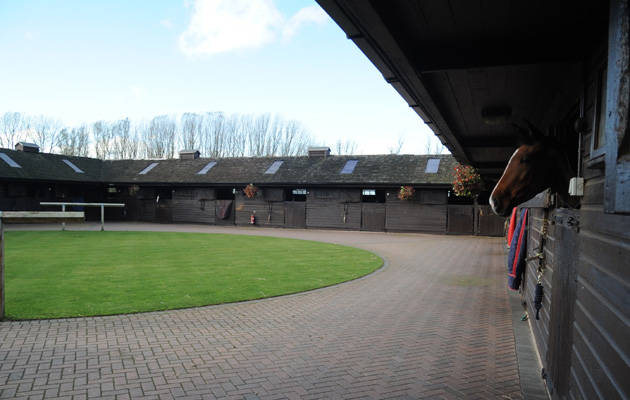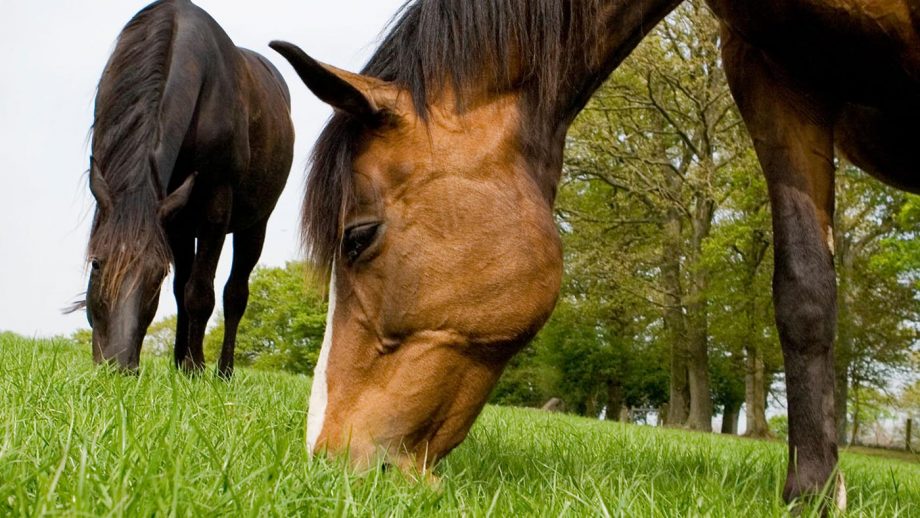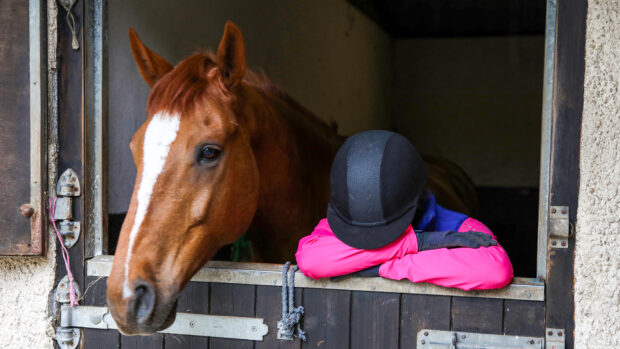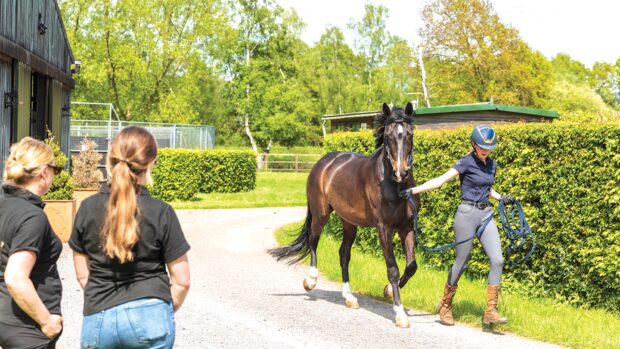When considering how much it costs to own a horse, it’s important to realise that the ongoing care costs will go way beyond the initial outlay associated with buying a horse. These costs are ongoing and should be realistically budgeted for before you decide to take on the responsibility for a horse of your own.
The bare minimum annual expenditure for a horse kept on livery will be around £1,000 (grass livery for a hardy pony) going up to £12,000-£14,000 for a horse stabled on full competition livery. But additional costs will push it significantly above that.
Unless you are in the lucky position of being able to keep your horse at home, livery charges will be one of the heaviest regular monthly costs of owning a horse. And even if you can keep it at home, don’t be fooled into thinking it’s free!
According to the latest BETA survey, on average during 2023 owners spent £3,092 (£257 per month) on livery or £1,548 (£129 per month) on grazing. Bear in mind, it’s possible to spend an awful lot more.
The cost of keeping your horse at a livery yard depends on the location, what you require and the facilities on offer. There a wide range of different types of livery for horses available.
Grass livery is usually around £80-£200 per month depending on the level of care – whether a groom checks the horses’ feet and rugs, poo-picks, feeds hay and so on daily, or the landowner is simply lending you grazing space.
DIY livery, where you just hire a stable and/or field and you are responsible for all the horse’s care, is typically in the region of £120-300. For full livery, where all your horse’s needs are the responsibility of the livery yard, prices vary enormously. A basic yard might offer £400 per month, but prices in the commuter belt near London can be as much as £800 (around £185 per week).
Competition livery, again, will vary according to location, the manager’s expertise or ability, and facilities. Your horse will be schooled for you, groomed and kept in tip-top nick ready to compete. A £600 monthly bill would be a very competitive starting point, going up to £1,200-plus.
If you are considering DIY livery, you will need to budget for hay/haylage, feed and bedding, whereas full livery includes all of these, plus caring for the horse and in some cases exercising the horse as well. Some DIY livery yards have extra services available that can be tailored to suit your needs, but add to the basic livery costs.
How much does feed, forage and bedding for a horse cost?
For horses not on full livery, their “bed and breakfast” is a significant additional monthly cost.
Hay/haylage is likely to cost in the region of £60 a month, subject to price fluctuations, the season, and how much forage your horse requires. Horses that are kept turned out 24/7 will not need hay in the summer, but will need it to supplement their grazing in the winter. Stabled horses will need hay all year round. Hay may be an additional cost on the livery bill during the winter months.
Stabled horses will also need bedding in the form of straw, shavings, paper, hemp and/or rubber stable mats. Straw is the cheapest option at around £5 a bale, but can cause coughs and some horses will eat it. In the long term, rubber mats (approx £45 each) combined with shavings (£7-£12 per bale) or hemp (£15-£20 per bale) can prove cheaper, but the initial investment is considerably more – you’d need six mats for a 12x12ft stable.
In addition to forage and bedding, most horses will need additional hard feed. On average this will cost £50 a month dependent on the type, size, weight and exercise regime of the horse. This does not include additional specialist feeds or horse feed supplements that the horse may also require.
What about equine welfare and insurance?
The most cost-effective worming programme is a ‘targeted’ plan, using worm egg counts (around £10-12 each) and wormers tailored to the horse. Annual worming packs are available at around £70.
The average horse needs shoeing every four to six weeks at a cost of roughly £85-100 for a new set. Trimming costs around £30-40. Remember that any extras such as pads, road nails and stud holes or remedial work will be additional costs. And you may have to pay your share of the farrier’s call-out fee too.
Regular dentistry care should be undertaken by a vet or qualified equine dental technician every six months, costing around £90 for a full examination under sedation, plus rasping. If there are any issues, the treatment fee will easily go into three figures.
The vet will also have to administer annual equine vaccinations for equine flu and tetanus (approximately £50 plus visitation fee, if necessary).
Following legal cases which have ruled that owners can be held responsible for any damage caused by their horses, all horse owners should be insured for third-party liability. The cheapest way to do this is to become a gold member of the BHS at £90 a year. If you wish to take out additional horse insurance to cover death, straying, theft, vets fees and more, then a horse insured for hacking and unaffiliated competitions will cost a minimum of £35 a month.
These are simply the basics – further significant costs to be considered are tack and rugs (plus washing and repairs), grooming products, saddle fitting, physio and vets, before you even start on transport or the training side!
And because horses are horses and always throw up unexpected bills, it is important to have sufficient funds to cover any emergencies that may arise.
NB: All prices given here are approximate and are based on prices correct in January 2024.
You may also enjoy reading…

New horse? Or moving yards? Be prepared with Horse & Hound’s ultimate checklist

Deep litter bedding for horses: pros and cons

Subscribe to Horse & Hound magazine today – and enjoy unlimited website access all year round
Horse & Hound magazine, out every Thursday, is packed with all the latest news and reports, as well as interviews, specials, nostalgia, vet and training advice. Find how you can enjoy the magazine delivered to your door every week, plus options to upgrade your subscription to access our online service that brings you breaking news and reports as well as other benefits.




